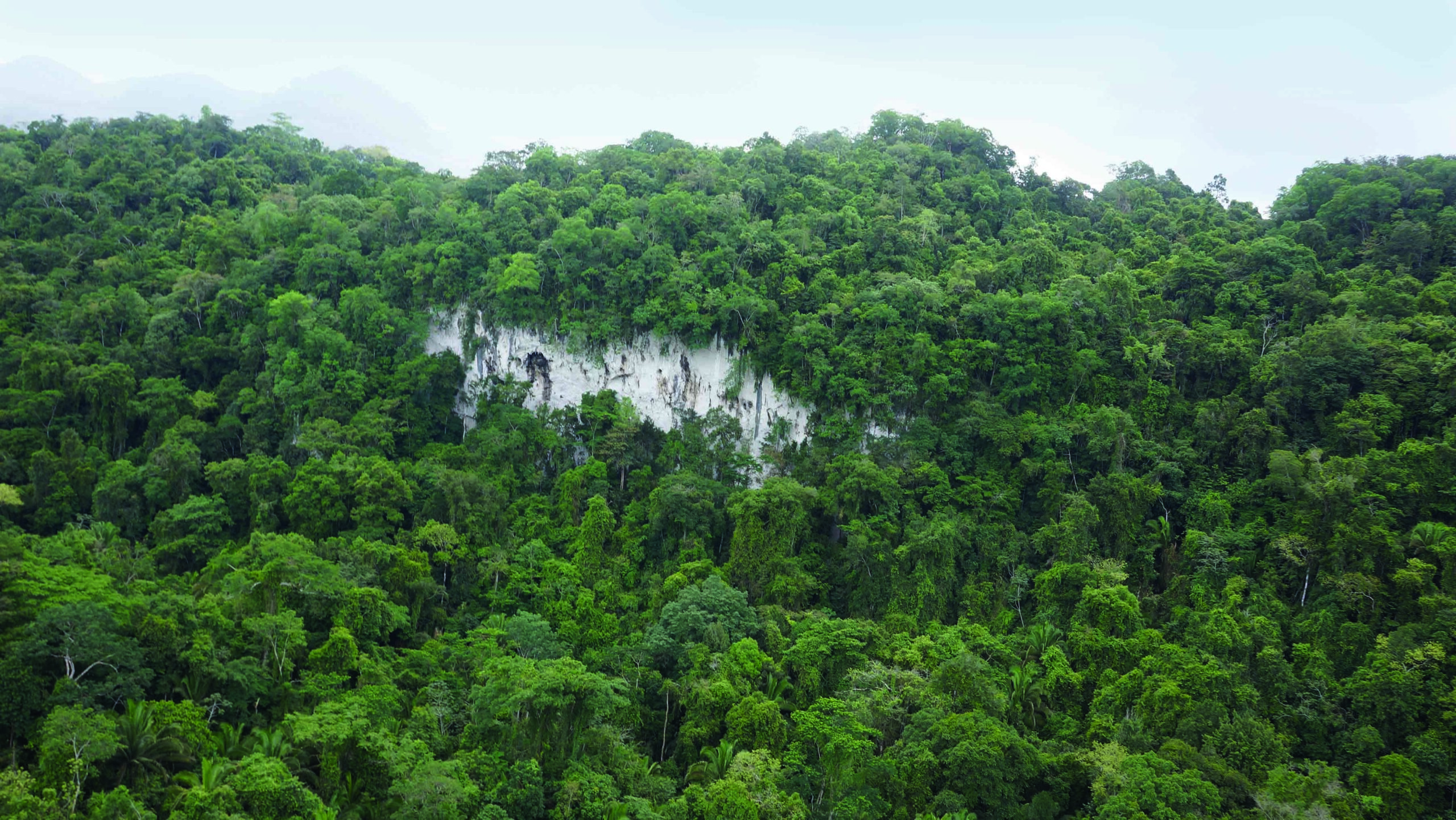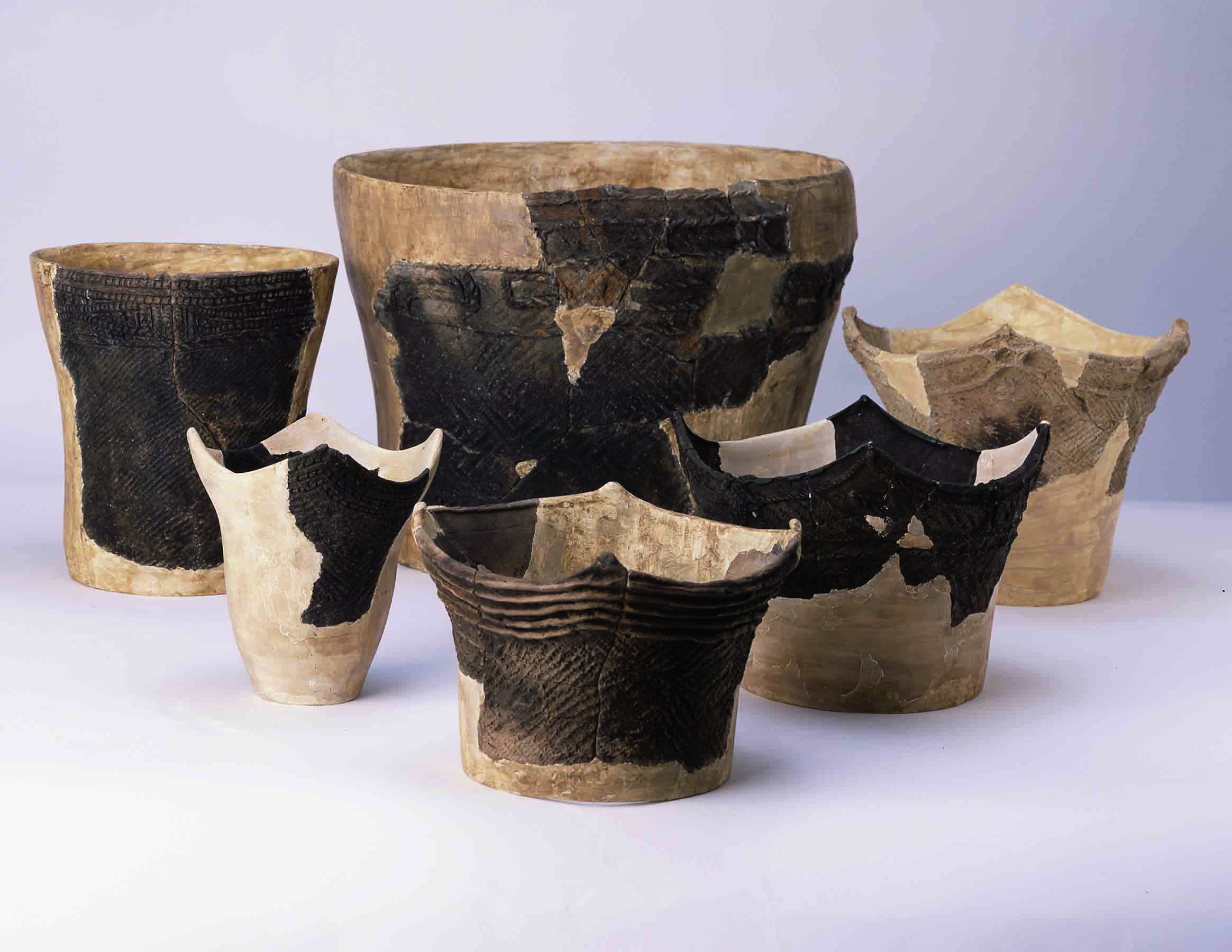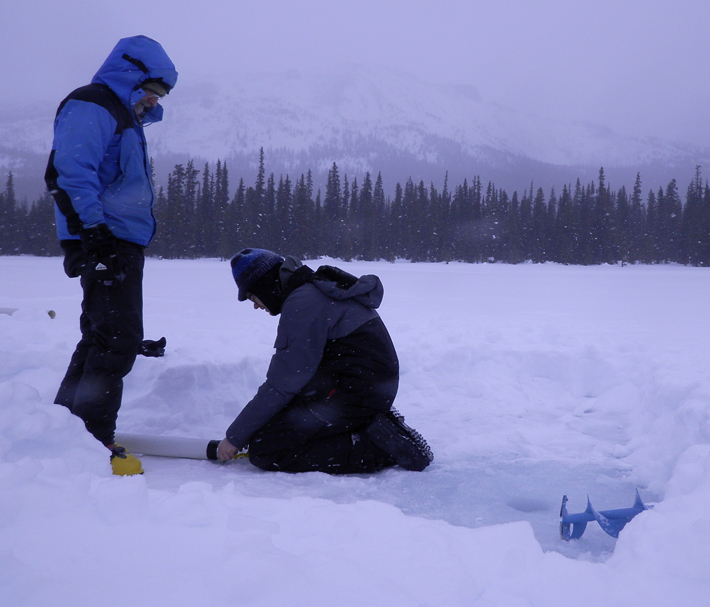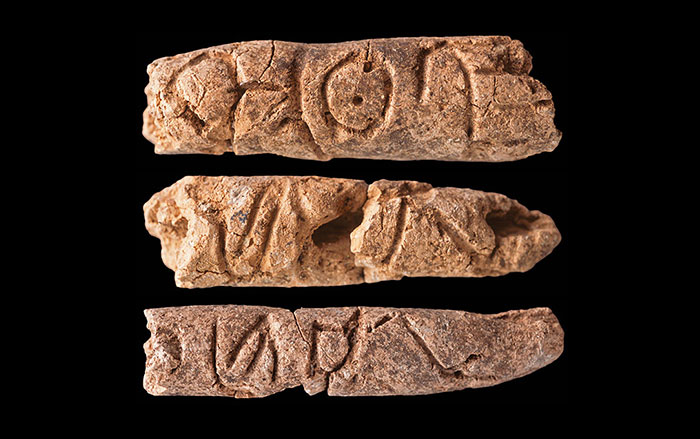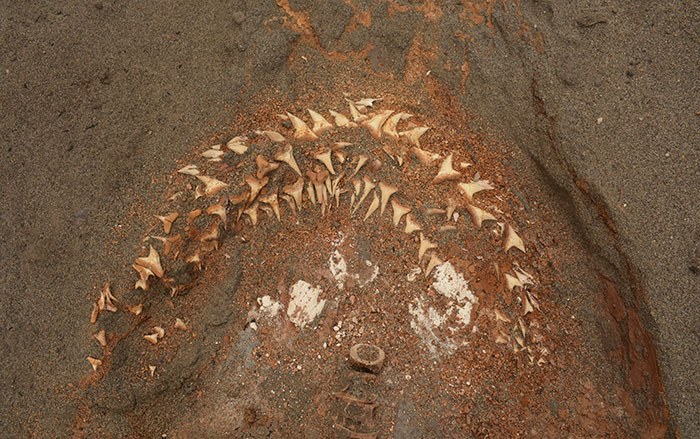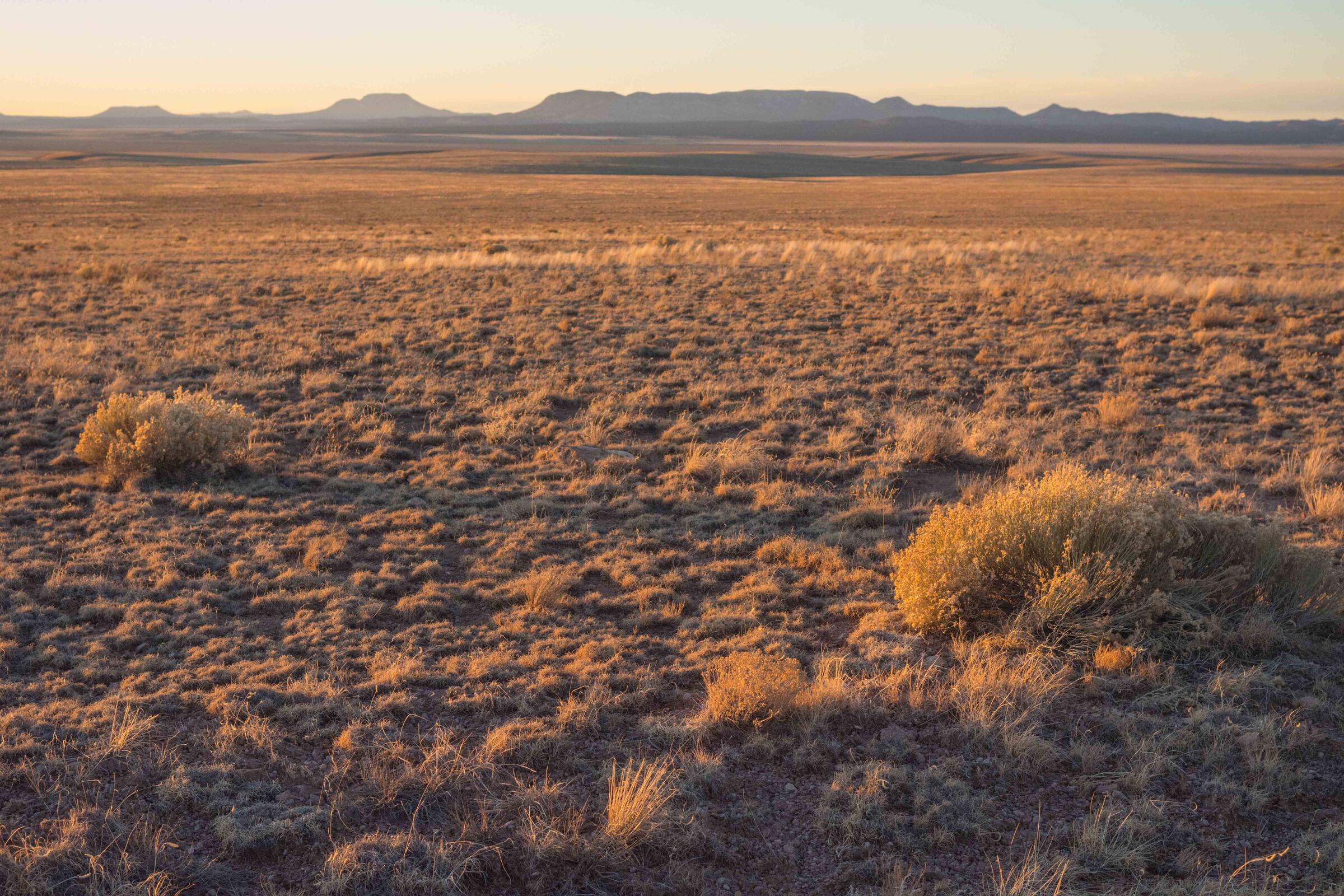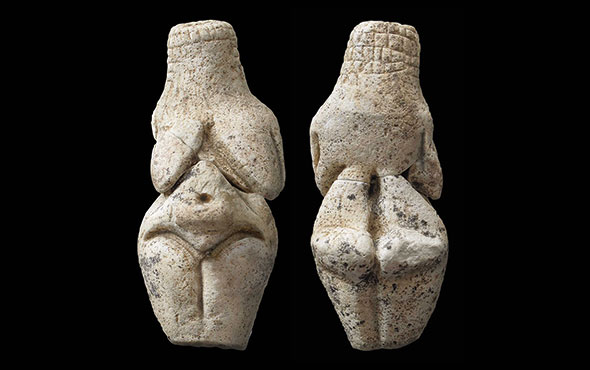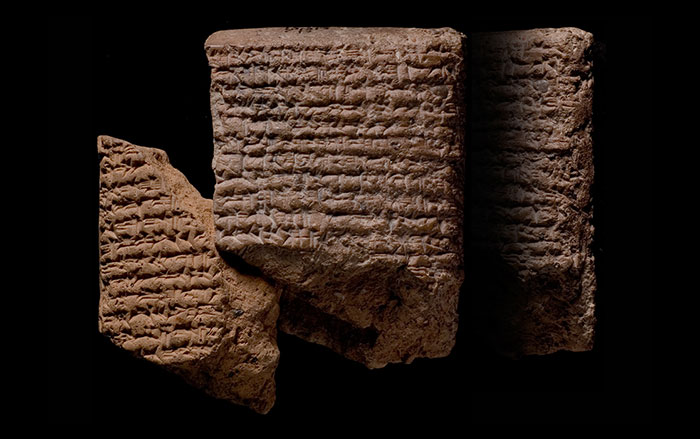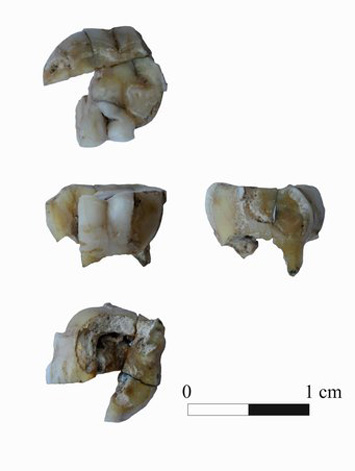
JENA, GERMANY—He Yu of the Max Planck Institute for the Science of Human History and her colleagues analyzed DNA extracted from a 14,000-year-old tooth fragment unearthed by archaeologists in south-central Russia in the 1970s, and found that its mixture of ancient North Eurasian and Northeast Asian ancestry matches that of today’s Native Americans, according to a Science Magazine report. Ust-Kyakhta, the Siberian site where the tooth was found, is situated between Lake Baikal and the Mongolian border, or about 2,800 miles from Beringia, a land bridge that connected eastern Siberia to the Americas until it was submerged by glacial melt around 11,000 years ago. Some 2,000 miles away from Ust-Kyakhta, in northeastern Siberia, researchers have found the remains of a Mesolithic woman whose genome shares about two-thirds of its DNA with living Native Americans. When combined, the information suggests that Native American ancestors came from a wider region than previously thought. Yu said the study reveals the deepest known link between Upper Paleolithic Siberians and the First Americans. For more, go to "First American Family Tree."


